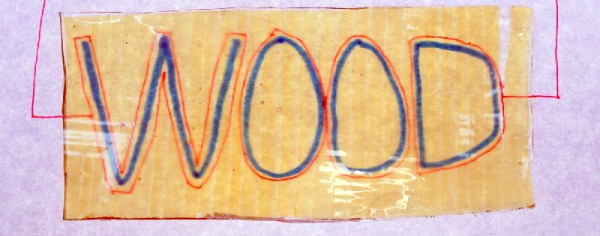Want to bring your fine antique furniture into the 21st century? Make it clear with transparent wood. That’s what [blorggg] is doing over on Hackaday.io, and it looks cool enough to have a some interesting and novel applications besides small, clear test pieces.
The recipe for transparent wood is surprisingly simple, and all the ingredients are readily available from a drug store or home supply store. First, the wood is soaked in a bath containing lye and sodium sulfite for several hours. The wood is then bleached in a bath of hydrogen peroxide. After this, the wood is transparent, but very weak. Infusing the wood with epoxy resin strengthens the wood.
We first heard about this process back in May when the the paper [blorggg] based his recipe on came to light. the lye and sodium sulfite are frequently used in the paper industry to dissolve the lignin in wood. By removing the lignin, the microscopic structure of a piece of wood becomes just a series of tubes and thin cell walls. After bleaching, adding the epoxy shores up the now exceptionally weak structure of a block of wood.
While the original researchers only made two pieces of transparent wood – end grain and cross grain basswood, inexplicably referred to as R-wood and L-wood – [blorggg] is taking this much further. He’s using plywood to great effect, and the process is simple enough to expand to woods a bit weirder than basswood. If you have some scrap walnut, burl, or some exotic wood, this might be something to try out.












